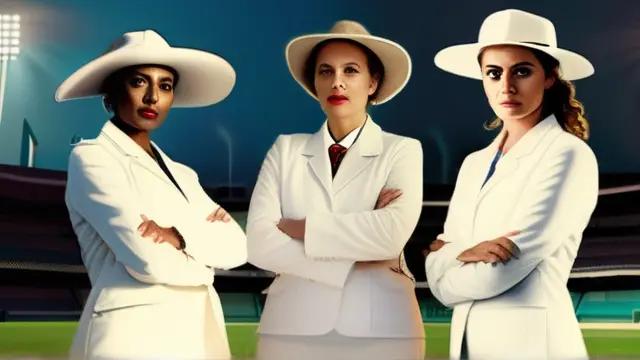The Board of Control for Cricket in India (BCCI) has once again set the rumor mill churning with its latest central contract announcements. While Rohit Sharma remains the official captain of the Indian ODI team, the board’s decision to award Shreyas Iyer a Grade B contract—despite his recent injury layoff and inconsistent appearances—has raised eyebrows across the cricketing fraternity. Sources within the board suggest that this move is not merely a reward for past performances but a clear signal of intent for the future leadership structure.
Rohit Sharma, who took over the ODI captaincy from Virat Kohli in 2021, has had a mixed run. Under his leadership, India reached the finals of the World Test Championship and the ODI World Cup in 2023 but fell short on both occasions. While his tactical acumen is widely respected, questions about his fitness and form have persisted. The recent Asia Cup and bilateral series against South Africa exposed vulnerabilities in the middle order, a department where Iyer has often been seen as a solution. Sharma’s average of 42 in ODIs since taking captaincy, though respectable, pales in comparison to his pre-captaincy numbers, fueling debates about the burden of leadership affecting his batting.
Shreyas Iyer’s promotion to a Grade B contract, meanwhile, is being viewed as a strategic endorsement. Iyer, who missed critical matches due to a back injury last year, made a strong comeback in the domestic circuit and the IPL. His ability to anchor the innings at No. 4—a slot India has struggled to fill consistently—adds weight to his case. BCCI insiders hint that the selectors are grooming him for a larger role, possibly as vice-captain or even as a future captaincy candidate. Iyer’s leadership experience with Kolkata Knight Riders in the IPL, where he led the team to a playoffs berth, has not gone unnoticed.
Complicating matters is the uncertain fitness of Sanju Samson, another contender for the middle-order role. Samson, who was notably excluded from the central contract list, is reportedly nursing a niggle that could keep him out of the upcoming bilateral series against New Zealand. His absence further narrows the options for the selectors, making Iyer’s case even stronger. Samson’s explosive batting style had made him a fan favorite, but his inconsistency and injury woes have often cost him a permanent spot in the lineup.
The BCCI’s silence on Rohit’s future is deafening. While no official statement has been made about stripping him of captaincy, the board’s recent actions suggest a gradual transition plan. The 2025 Champions Trophy, scheduled for early next year, is seen as a litmus test for Sharma’s leadership. A poor showing there could fast-track the change. Meanwhile, Iyer’s inclusion in the Grade B category—a tier usually reserved for established performers—indicates that the selectors are investing in his long-term utility.
For Indian cricket fans, this development is both exciting and unsettling. Rohit Sharma’s pedigree as a captain is undeniable, but the need for fresh blood and sustainable leadership is equally pressing. With the next ODI World Cup four years away, the BCCI seems to be playing the long game. Whether this gamble pays off or backfires remains to be seen, but one thing is clear: the winds of change are blowing through Indian cricket’s corridors.




